SUMMARY
This is AI generated summarization, which may have errors. For context, always refer to the full article.
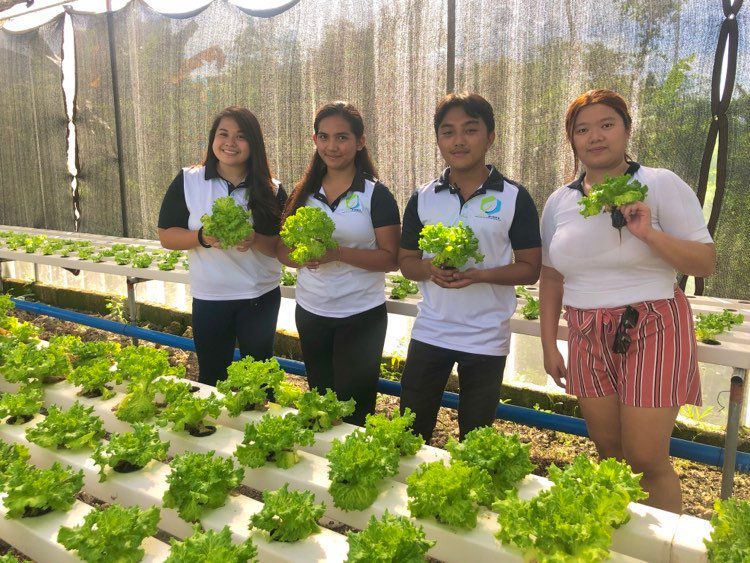
CEBU, Philippines – Kirsten Mangubat, a 22-year-old entrepreneurship student, and her classmates started a hydroponics farm to pursue agri-solutions that would benefit the environment and help with the province’s water shortage problem.
“It started with some brainstorming for our thesis. In our course, we were provided with ideas for an innovative business, and we decided to choose hydroponics,” Mangubat told Rappler on Friday, July 7.
Together with Sean Bacus, Stacey Gelig, and Natalie Park, she founded Agri-Minds in late 2022 and began construction for their farm in Cordova town, Cebu.
With an initial investment of P100,000, the student entrepreneurs established the Agri-Minds Hydroponics Farm with an area of 115 square meters and a production capacity of nearly 1,500 crops.
Rappler’s Visayas Bureau visited their farm and found rows of fresh lettuce grown on their hydroponics setup. According to Bacus, Agri-Minds’ marketing manager, each head of lettuce would sell at the same price in the local markets.
Currently, the average local market price for a head of lettuce is P40, which would make their estimated monthly revenue at least P50,000, including operational expenses.
However, Mangubat said the sustainability of the farming technology they used matters more than the income they generated.
“If we do traditional farming, we would waste gallons of water every day. But if we used hydroponics, the water used would always be recycled, and the nutrients would always return to the plants,” Mangubat explained.
Hydroponics in a nutshell
In a traditional farming setup, plants are placed in soil, and the roots of those plants must exert a large amount of effort to search for nutrients underground.
In a hydroponics farming setup, plants are not placed in soil; instead, they are placed in growing media such as peat moss or clay pellets and exposed directly to water infused with nutrients.
In this system, plants conserve energy by eliminating the need to search for nutrition and can instead direct their energy towards natural growth, resulting in higher yields.
How it works
For Mangubat, the Kratky Method is most recommended for first-time crop growers. The method is considered the most basic of passive hydroponics that does not require pumps for water and nutrient circulation.
The process begins with setting up a water reservoir and adding nutrients. Plants are then placed into a net pot with the growing media held by a lid and hung above the water.
Plants are only partly submerged in the water, leaving space for oxygen. As the plants grow and absorb the water, the water level declines, leaving more room for the plants to respire.
Farmers only need to put in enough water and nutrients for the plant’s lifespan. According to the students, their crops would be ready for harvest within 45 days.
“You can even use rainwater for this setup. Just collect some in a bucket when it rains and treat it,” Bacus said.
Rodel Dionaldo, a hydroponics consultant and owner of Cebu Hydroponics Supply, told Rappler on Wednesday, July 5, that anyone can grow their hydroponics farm at home.
According to him, a simple hydroponics starter kit can start at P1,000 to P1,200.
“That kit would have everything you need: a tuna box, some nutrients, seeds, and Coco peat. That’s what I would usually give to newbies,” Dionaldo said in Cebuano.
Conserving water
For nearly two decades, barangays in Metro Cebu have struggled with prolonged water interruptions that could reach up to 20 hours a day and droughts that become worse during dry seasons.
The Philippine Atmospheric, Geophysical, and Astronomical Services Administration (PAGASA) announced on Tuesday, July 4, that El Niño is underway and is expected to grow stronger in the next few months.
Cebu’s local governments have already initiated preparatory measures, which include rolling out solar-powered water pumps and building water treatment plants in the hinterlands.
Cebu City agriculturist Joey Baclayon told Rappler on July 6, that they have also begun introducing hydroponics to schools, households, and even to farmers in the city. At present, the city has 12,000 registered farmers.
“If you use an open space, it uses a lot of water. Imagine this: one square meter of farmland can waste one cubic meter of water,” Baclayon said.
The city agriculturist explained that some of the water used in traditional farming is wasted as the plants would not be able to absorb everything, but water would be stable and recycled in an enclosed hydroponics system.
“It is also safe in a way that it does not use pesticides. It’s clean as it conserves water and has the least damage as you harvest the plant in whole, no debris or unnecessary elements,” Baclayon said.
Baclayon encouraged residents to try hydroponics farming at home as it would greatly help the environment and the fight for Cebu’s water supply.
“In five years, most of our people will adopt this modern way of producing crops in our own backyards,” Baclayon added. – Rappler.com
John Sitchon is an Aries Rufo Journalism fellow while Prex Laroco is a fresh graduate from the University of San Jose-Recoletos and is a film enthusiast.
Add a comment
How does this make you feel?


![[Kitchen 143] Visiting the world-famous Mott 32 in Cebu](https://www.rappler.com/tachyon/2024/05/kitchen-143-mott-32-brandrap-may-2024.jpeg?resize=257%2C257&crop_strategy=attention)








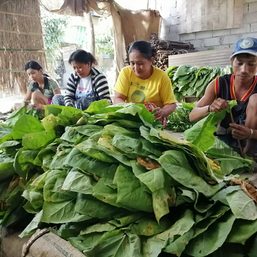
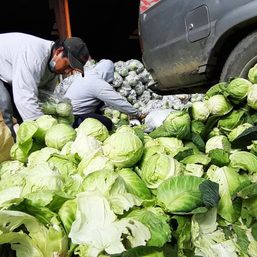
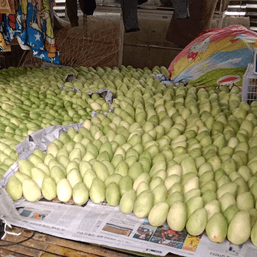
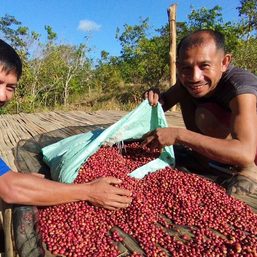

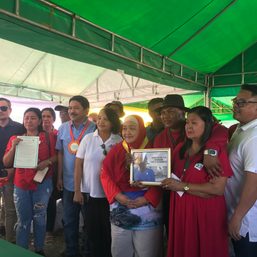


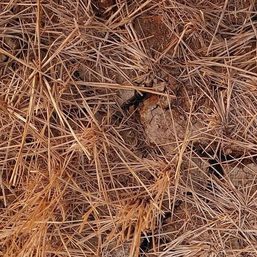
There are no comments yet. Add your comment to start the conversation.